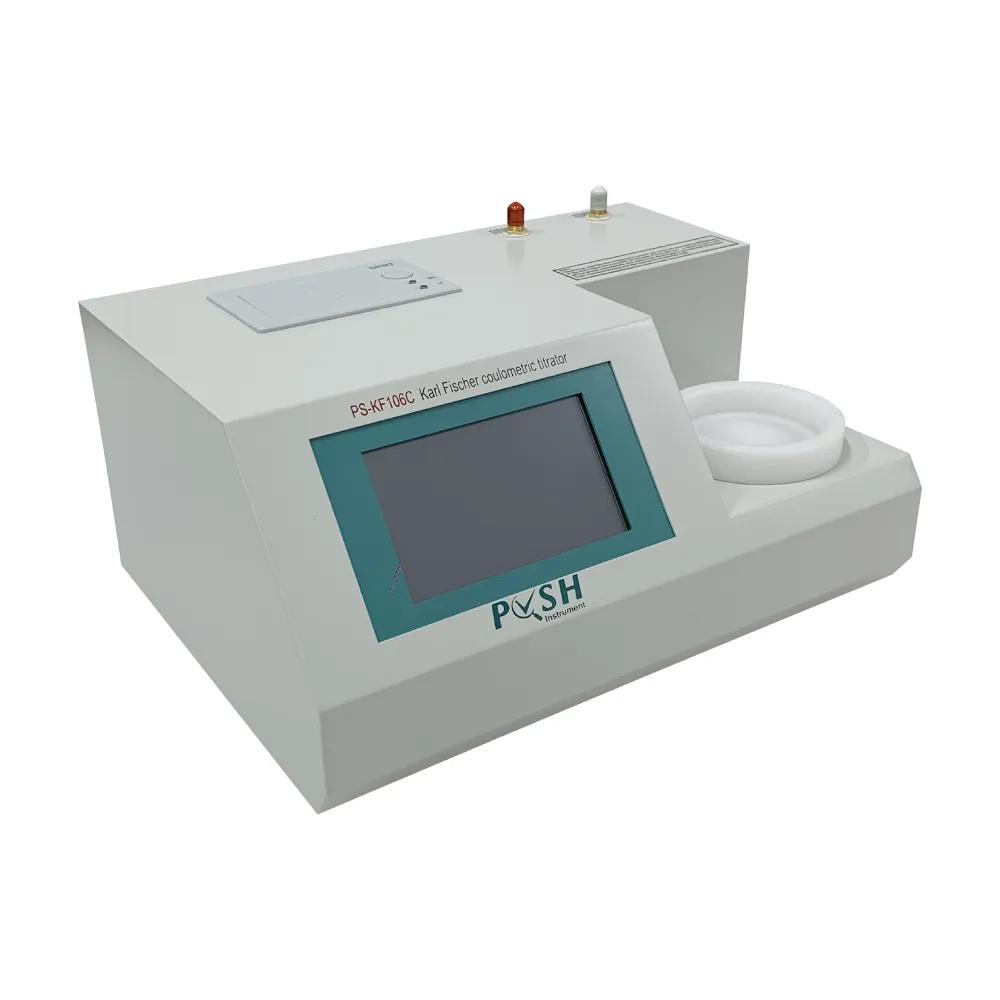 English
English



-
 Afrikaans
Afrikaans -
 Albanian
Albanian -
 Amharic
Amharic -
 Arabic
Arabic -
 Armenian
Armenian -
 Azerbaijani
Azerbaijani -
 Basque
Basque -
 Belarusian
Belarusian -
 Bengali
Bengali -
 Bosnian
Bosnian -
 Bulgarian
Bulgarian -
 Catalan
Catalan -
 Cebuano
Cebuano -
 China
China -
 China (Taiwan)
China (Taiwan) -
 Corsican
Corsican -
 Croatian
Croatian -
 Czech
Czech -
 Danish
Danish -
 Dutch
Dutch -
 English
English -
 Esperanto
Esperanto -
 Estonian
Estonian -
 Finnish
Finnish -
 French
French -
 Frisian
Frisian -
 Galician
Galician -
 Georgian
Georgian -
 German
German -
 Greek
Greek -
 Gujarati
Gujarati -
 Haitian Creole
Haitian Creole -
 hausa
hausa -
 hawaiian
hawaiian -
 Hebrew
Hebrew -
 Hindi
Hindi -
 Miao
Miao -
 Hungarian
Hungarian -
 Icelandic
Icelandic -
 igbo
igbo -
 Indonesian
Indonesian -
 irish
irish -
 Italian
Italian -
 Japanese
Japanese -
 Javanese
Javanese -
 Kannada
Kannada -
 kazakh
kazakh -
 Khmer
Khmer -
 Rwandese
Rwandese -
 Korean
Korean -
 Kurdish
Kurdish -
 Kyrgyz
Kyrgyz -
 Lao
Lao -
 Latin
Latin -
 Latvian
Latvian -
 Lithuanian
Lithuanian -
 Luxembourgish
Luxembourgish -
 Macedonian
Macedonian -
 Malgashi
Malgashi -
 Malay
Malay -
 Malayalam
Malayalam -
 Maltese
Maltese -
 Maori
Maori -
 Marathi
Marathi -
 Mongolian
Mongolian -
 Myanmar
Myanmar -
 Nepali
Nepali -
 Norwegian
Norwegian -
 Norwegian
Norwegian -
 Occitan
Occitan -
 Pashto
Pashto -
 Persian
Persian -
 Polish
Polish -
 Portuguese
Portuguese -
 Punjabi
Punjabi -
 Romanian
Romanian -
 Russian
Russian -
 Samoan
Samoan -
 Scottish Gaelic
Scottish Gaelic -
 Serbian
Serbian -
 Sesotho
Sesotho -
 Shona
Shona -
 Sindhi
Sindhi -
 Sinhala
Sinhala -
 Slovak
Slovak -
 Slovenian
Slovenian -
 Somali
Somali -
 Spanish
Spanish -
 Sundanese
Sundanese -
 Swahili
Swahili -
 Swedish
Swedish -
 Tagalog
Tagalog -
 Tajik
Tajik -
 Tamil
Tamil -
 Tatar
Tatar -
 Telugu
Telugu -
 Thai
Thai -
 Turkish
Turkish -
 Turkmen
Turkmen -
 Ukrainian
Ukrainian -
 Urdu
Urdu -
 Uighur
Uighur -
 Uzbek
Uzbek -
 Vietnamese
Vietnamese -
 Welsh
Welsh -
 Bantu
Bantu -
 Yiddish
Yiddish -
 Yoruba
Yoruba -
 Zulu
Zulu
hv insulation tester
Understanding HV Insulation Testers Ensuring Safety and Reliability
High Voltage (HV) insulation testers are essential tools used in various industries to assess the insulation integrity of electrical equipment. These instruments play a critical role in preventing electrical failures, ensuring safety, and enhancing the longevity of electrical systems.
What is an HV Insulation Tester?
An HV insulation tester is a specialized device that applies a high voltage to the insulation of electrical equipment, typically ranging from several hundred volts to several kilovolts. The primary purpose of this testing is to measure the resistance of the insulation material. A high resistance value indicates that the insulation is effective, thereby reducing the risk of electrical leakage, which can lead to catastrophic failures or hazards.
Why is Insulation Testing Necessary?
Electrical insulation is pivotal in protecting personnel and equipment from electrical faults. Over time, insulation materials can degrade due to various factors such as environmental conditions, chemical exposure, and mechanical stress. Regular insulation testing helps identify potential issues before they become critical, reducing the risk of electrical accidents, equipment downtime, and costly repairs.
Additionally, many industries require compliance with safety standards and regulations, such as those set by the Institute of Electrical and Electronics Engineers (IEEE) or the International Electrotechnical Commission (IEC). Insulation testing is an integral part of fulfilling these legal and safety requirements.
Types of HV Insulation Testers
1. DC Insulation Testers These testers apply direct current (DC) voltage to the insulation and measure the resistance. They are widely used due to their simplicity and effectiveness.
2. AC Insulation Testers Applying alternating current (AC) voltage, these testers provide insights into the insulation behavior under realistic operating conditions.
3. Automatic Insulation Testers These advanced models automatically adjust the test voltage and duration, providing a comprehensive analysis of the insulation condition and minimizing operator error.
hv insulation tester

How to Perform Insulation Testing
The procedure for using an HV insulation tester involves several steps
1. Preparation Ensure the equipment being tested is de-energized and isolated from the power source. 2. Connection Connect the tester leads to the insulation material and ground.
3. Setting Voltage Select the appropriate test voltage based on the insulation rating of the equipment.
4. Conducting the Test Activate the tester to apply the voltage and record the insulation resistance after a specified duration, usually 1 minute.
5. Evaluating Results Compare the measured resistance against established standards or previous test results. Typically, values above 1 MΩ are considered acceptable, though this can vary based on equipment specifications.
6. Documentation Finally, document the test results for future reference and compliance purposes.
Conclusion
HV insulation testers are indispensable for maintaining electrical safety and performance in various industries. By regularly conducting insulation tests, organizations can ensure their systems operate efficiently and safely, mitigating risks associated with electrical failures. Whether it is in power generation, manufacturing, or construction, the importance of testing insulation cannot be overstated—it is a crucial step in safeguarding both lives and assets against electrical faults.
-
Testing Equipment Industry Sees Major Advancements in 2025: Smart & Precision Technologies Lead the WayNewsJun.06,2025
-
Applications of Direct Current Generators in Renewable Energy SystemsNewsJun.05,2025
-
Hipot Tester Calibration and Accuracy GuidelinesNewsJun.05,2025
-
Digital Circuit Breaker Analyzer Features and BenefitsNewsJun.05,2025
-
Benefits of Real-Time Power Quality Monitoring Devices for Industrial EfficiencyNewsJun.05,2025
-
Earth Fault Loop Testing in High-Rise Building Electrical SystemsNewsJun.05,2025



